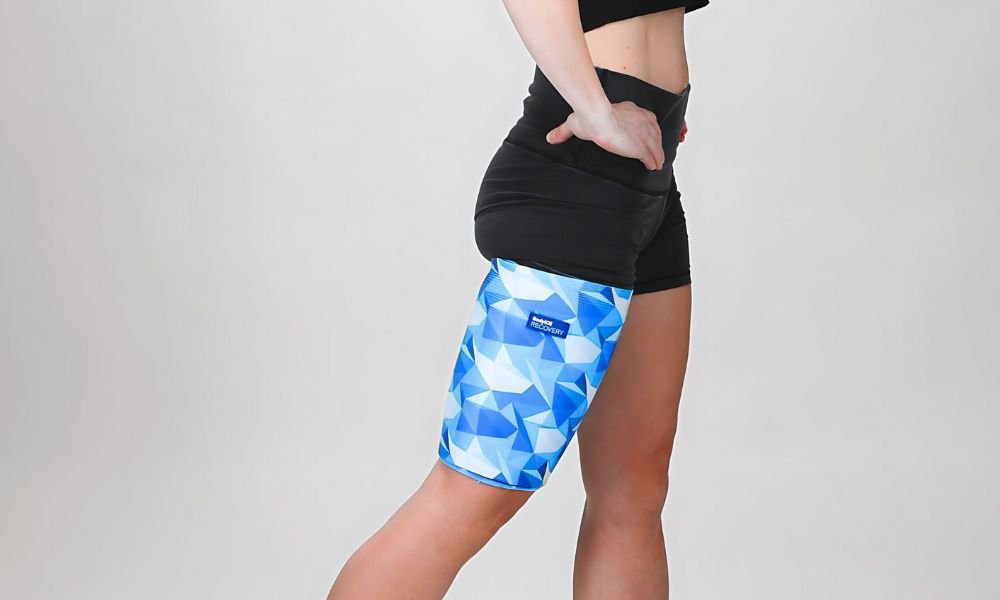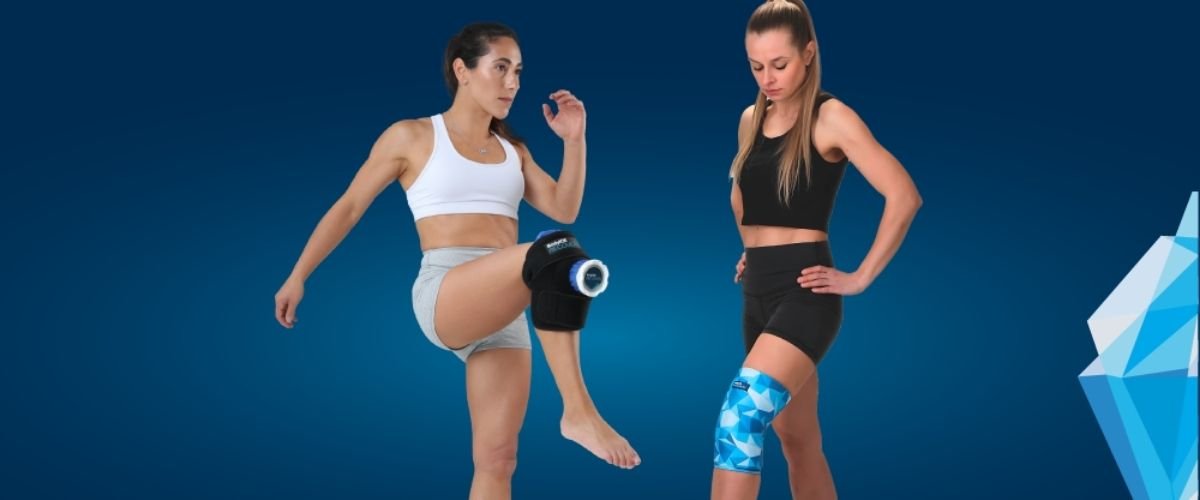“Pain” and “Injury.” The two words athletes never want to hear!
No matter who you are, pain and injuries are always unwelcome. No one is immune: pro athletes, amateur athletes and weekend warriors can all fall victim to either at any given time. It doesn’t matter who you are or your skill set, it CAN happen to you. The longer a person partakes in exercise, the greater their chance of having either.
What many may not know is there is a difference between pain and injury, and the most effective treatment may depend on the severity of each.
When it comes to exercise, pain can be described as that level of discomfort a person feels as they push past their comfort zones. This “pain” can come in many forms:
- Sore feet, back and thighs from completing a marathon;
- Burning lungs from running wind sprints;
- Discomfort in the abs from doing planks, sit-ups, or leg raises;
- The heaviness in the shoulders from shooting hundreds of free throws for hours on end.
The examples are endless. You’re sore, tired and fatigued from the effort, and your body is SCREAMING for you to STOP, but you push through in order to get better. Pain is usually temporary and can last a day or two in the form of soreness and fatigue. After a little rest and recovery time the body is good as new. An injury, on the other hand, can last several days, weeks, or even months.
Injuries are more serious and might require immediate medical attention. A person can push through pain, but an injury will stop you dead in your tracks. The concern here is if a person attempts to keep going they could make the injury even worse. It’s crucial to understand the difference between pain and injury.
Examples of sports injuries are sprained ankles, pulled hamstrings, muscle tears, broken bones, etc. If a person experiences any of these, it is strongly advised they see a physician immediately.
None of us are the same, and that means what may cause one person pain may cause another person severe injury if they’re not careful. With that said, it’s important for athletes of all fitness levels to know their body and their limitations. There’s a fine line between pain and injury, and if a person pushes too hard, that “pain” could turn into an injury if they’re not careful.
In both cases, there are things a person can do to recover as quickly as possible, and depending on the ailment, some of those methods of recovery involve heat and/or ice.
Ice: The First 48
It is advised that ice be used within the first 48 hours for injuries that cause swelling and muscle sprains It’s also used to help decrease bleeding into the tissues. The ice is put into an icepack and applied directly to the affected area. Icepacks can also be used after exercise sessions as a preventative measure as well for those who have nagging injuries. Please note: Never use ice BEFORE a workout.
One of the most effective methods of using ice is via the RICE method:
- Rest. Give the injured body part time to heal.
- Ice. Apply an icepack to the injured area for 10-20 minutes at a time, several times a day, for 48 hours.
- Compression. Wrap the area with a bandage to help decrease swelling.
- Elevation. Raise the affected area above your heart to help decrease swelling.
The RICE method has been around for several decades, but a new form of ice therapy is gaining popularity among athletes, and that is ....
The Ice Bath
Many pro athletes will take a 15-20 minute ice bath after a game or intense workout to help minimize or prevent muscle soreness and swelling. For best results, the optimum water temperature for an ice bath is 12-15 degrees Celsius. There is an ongoing debate as to which method is best, because many are strong believers in the benefit of ice baths, while others feel simply using an ice pack on the affected areas works just as well.
**Ice baths have their risks: If the water is too cold, it may cause hypothermia, frostbite, shock, or be harmful to those with heart problems. Some individuals may want to consult with their physician before trying an ice bath.
Bring the Heat
While ice is used exclusively after a workout, heat can be used both before and after. The use of heat is a great way to warm up muscles prior to beginning physical activity. It helps loosen up muscles and increases flexibility in an attempt to prevent injury. Think of your muscles as a car on a cold winter day: you don’t just start the engine and go, you warm it up first. That same rationale applies to our muscles.
Heat is also great for an injury that is more than 48 hours old, such as chronic back pain. The heat loosens up the muscles and causes the blood vessels to open wide. This in turn helps promote healing and can increase mobility.
In addition to sore muscles, heat can be used for joint pain, tennis elbow, and nerve pain such as sciatica.
When applying heat, keep the following tips in mind:
- Do not use within the first 48 hours of an injury.
- Do not apply to areas that are swollen.
- Apply for a maximum of 10-20 minutes at a time.
- Do not use if you have diabetes.
- Do not fall asleep while using a heating pad.
- Heat can be applied using a heating pad or a hot towel. (Be careful not to burn the skin.)
Hot tubs and saunas
Saunas and hot tubs are also used by some to manage the following ailments:
- Back pain
- Arthritis
- Neck pain
- Muscle aches
- Shoulder stiffness
- Headaches
The heat helps to improve circulation, dilate blood vessels, and ease muscle tension throughout the entire body. Saunas and hot tubs can cause dehydration so it’s important to remember to drink water before you enter and immediately after exiting. It’s because of this increased risk of dehydration that experts suggest limiting sauna use to 15 minutes per session, 2-3 times a week.
Many gyms and health clubs have saunas and hot tubs, but it’s wise to check with your physician before using either if you’re on any medication, have high blood pressure, diabetes, or any cardiovascular issues. Hot tubs should not exceed 37 degrees Celsius and saunas should be no higher than 80-100 degrees Celsius.
Both heat and ice can be effective treatments for many types of pain and injuries if used properly. Knowing their uses and more importantly, WHEN to use them can help improve your chances for a speedy recovery or help manage any long term issues you may have.
Our BodyICE Recovery Range is affective in delivering both hot and cold therapy to any joint or area. No leaks. No mess. Check them out today!






Leave a comment
All comments are moderated before being published.
This site is protected by hCaptcha and the hCaptcha Privacy Policy and Terms of Service apply.